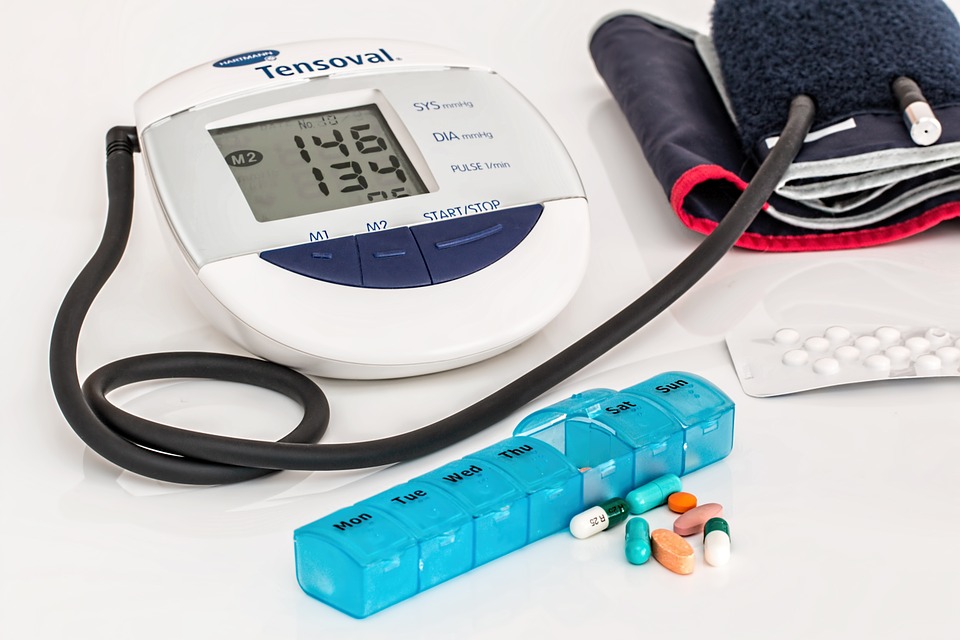In the past few decades, medical sciences and technology have made strides that lead to the establishment of specialized hospitals with all devices necessary for the diagnosis and treatment of illnesses, disorders, and conditions.
Recent innovations have to lead to a reduction in weight and volume and enhancement in portability of diagnostic equipment. This shifted the focus of healthcare professionals back to expeditious and personalized diagnosis.

At the center of Point-of-Care diagnostics is early detection and prevention of diseases, as well as management of several chronic conditions that hitherto were possible only at standard facilities and with bulky medical equipment.
Trends in Point-of-Care Diagnostics
Point-of-Care Diagnostics makes possible highly accurate and professional diagnosis using miniaturized equipment at any desired location. Technology has enabled fast reading of the patient’s response to medicines.
- Recent trends in point-of-care diagnostics are shifting towards the development of sensors and microsystems and low-cost imaging technologies for point-of-care testing. These instruments combine analytical functions into self-contained, portable devices that can detect and diagnose disease and enable the selection of optimal therapies through patient screening and be monitoring their response to treatments.
- Latest sensor technologies are enabling the rapid analysis of blood samples for critical care assay screenings, including blood chemistry, electrolytes, blood gases, and hematology.
- Point-of-care biosensors are making progress by leaps and bounds. Biosensors are used in blood toxicology and drug screenings, measurement of blood cells and blood coagulations, bedside diagnosis of heart diseases through detection of cardiac markers in the blood and glucose self-testing.
- Diagnosis and treatment of cancer are also on the cards for point-of-care Point-of-care can now also be used for the early detection of cancer by capturing and analyzing Circulating Tumour Cells (CTCs).
- The invention of microfluidic devices for capturing CTCs from whole blood is revolutionized cancer biology research.
- Lab-on-a-chip is being projected as the future of diagnosis. Nanofluidic devices invented less than a decade ago, are now finding applications in the biomedical field. Its integration with microfluidic systems (lab-on-a-chip) is finding applications in analyzing and separating biomolecules such as DNA.
Conclusion
Point-of-care methods are currently being employed to discover ways to modify the efficacy of diet in infants with genetic growth disorders. These ways include the development of a special type of chemical sensor that detects these disorders through a small blood sample.
A major roadblock in developing futuristic devices is cost. Efforts are being made to devise technology, concept, and materials in such a way that it brings down the cost of mass producing equipment.
Apart from reducing costs, the bigger idea of having point-of-care diagnostics is to someday diagnose, treat or prevent any and all diseases and disorders in order to reduce mortality rates and provide affordable healthcare to all.







